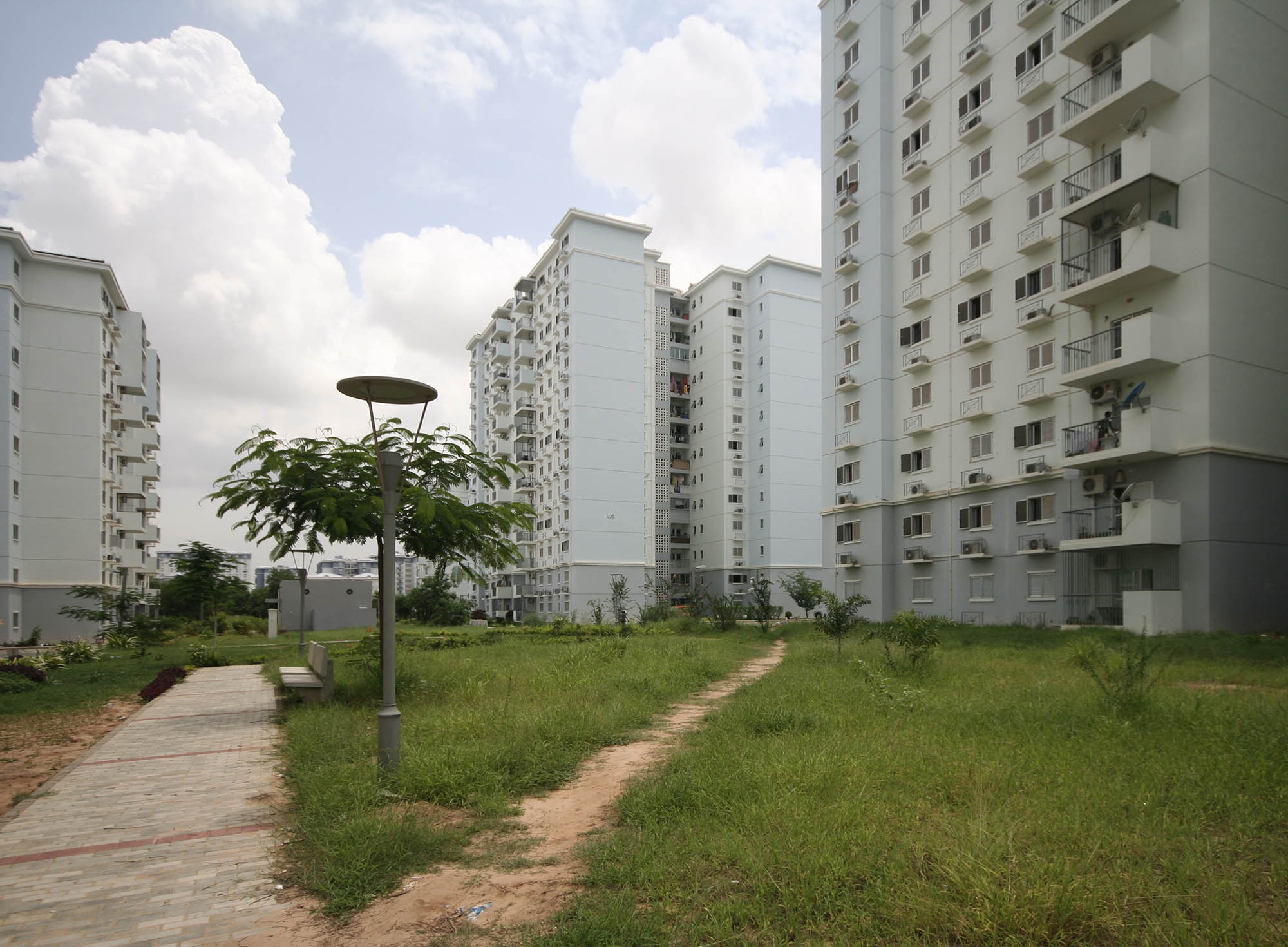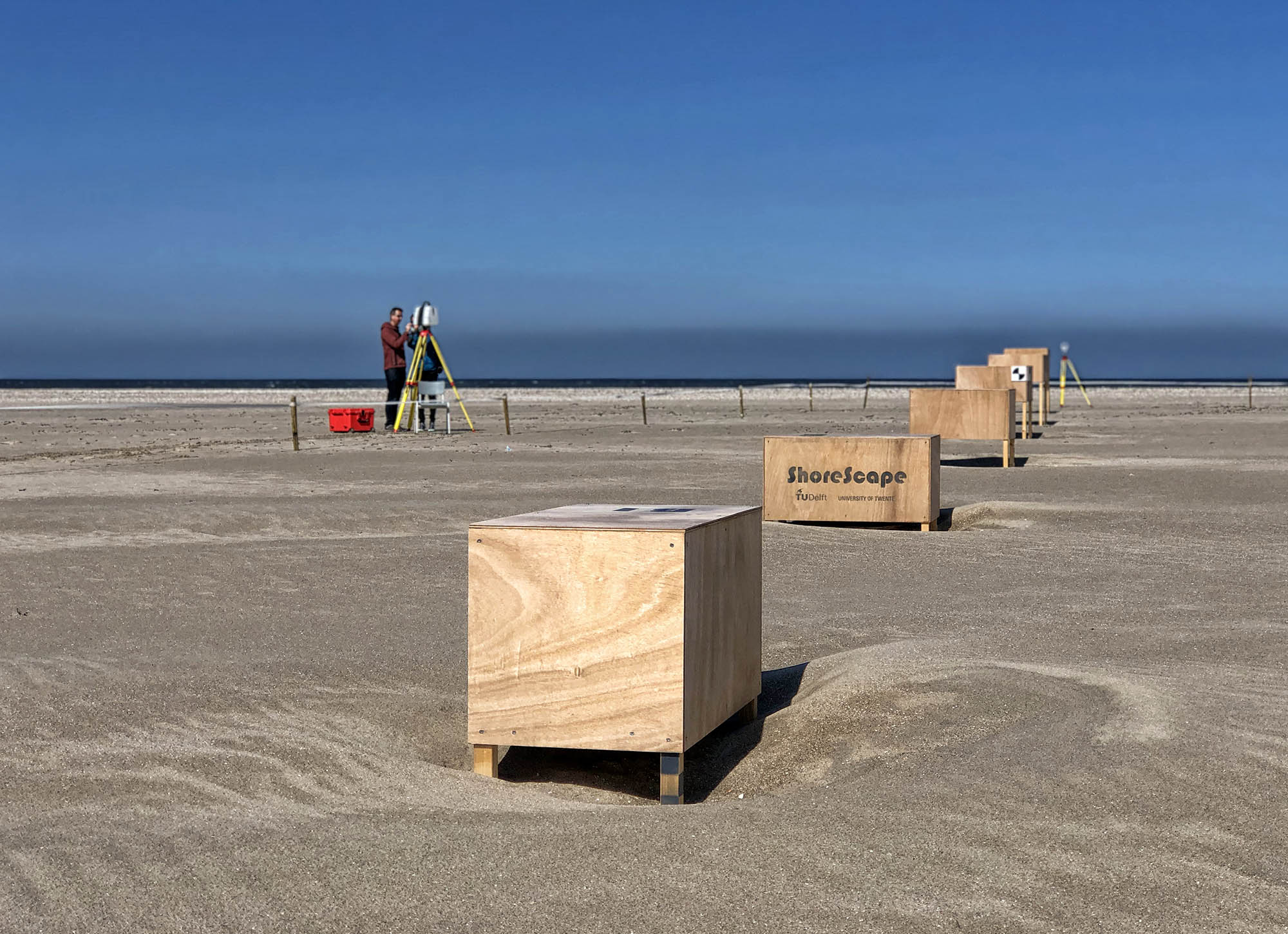Exploration and interpretation of urban leftover spaces from the perspective of landscape architecture
Leftover spaces are un-defined components of the city complementing to the ordered and functional urban spaces. This particularity makes them a relevant design subject. However, the design of leftover spaces poses a paradox between the frame of design and the spaces’ indeterminacy. An open-ended design approach might intervene leftover spaces without losing their essential qualities. This research asks ‘How can design engage with urban leftover spaces, to activate or manifest their qualities, while keeping the spaces’ openness and indeterminacy’? Different landscape design cases will be compared, focusing on the transformation of social, ecological, morphological or material qualities. What is novel about this research approach to leftover spaces is that takes the qualities of the space as the foundation. Therefore, I take the ‘layer approach’ as developed at landscape architecture TU Delft, as the starting point to analyze the cases, but adapted in order to include the characteristic of indeterminacy of leftover spaces. Design projects that engage with the qualities of leftover spaces, while at the same time allowing for openness in meaning, space and function are selected as cases to be studied. The raw material for the analysis comes from literature study, cartographic studies, on-site observation, and interviews with relevant social groups. The research ends with the discussion: what could be an integrated, open-ended design approach and what might be the role of the designer.
PhD-research
PhD-candidate: Sitong Luo
Supervision: Prof Tom Avermaete, Dr Saskia De Wit
Period: September 2016 – September 2020
Funding: CSC-Scholarship & TU Delft




